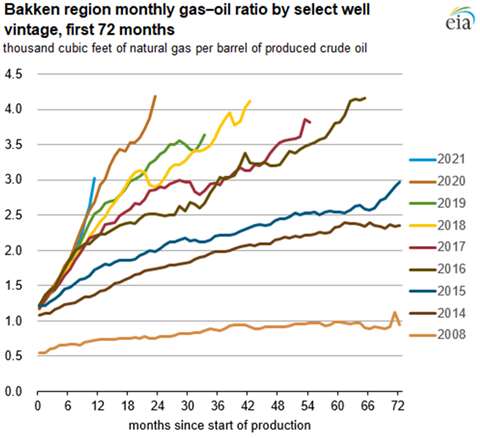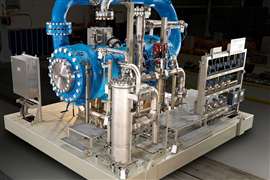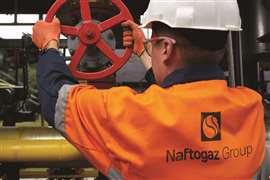Gas production ratios climb in North Dakota
April 22, 2022

The ratio of gas to oil from hydrocarbons produced in North Dakota’s Bakken region increased abruptly in 2021 as natural gas withdrawals outpaced oil production in the region. The gas-to-oil ratio (GOR) has risen because producers from the region are capturing more natural gas and sending it to natural gas processing plants rather than flaring it, a recent study has shown.
The GOR in the Bakken region has gradually increased since 2008 and has produced at a faster rate in recent years. The ratio can range from near zero, which reflects little or no associated natural gas, or infinity, which indicates no liquids or oil produced from natural gas. The ratio is an indicator of the amount of natural gas that is released with the oil at the start of production from a given well. As those wells mature, the ratio typically increases, the U.S. Energy Information Administration reported.
The study showed that the Bakken’s annual oil production peaked at 1.45 million b/d in 2019 before falling 17% in 2020 and 6% in 2021. Meanwhile, gross natural gas withdrawals have generally climbed in most years. However, gross natural gas withdrawals in the Bakken fell by 8% in 2020 as demand fell and some production was shut in in 2020.
In 2021, gross natural gas withdrawals rose by 9%, reaching a new average annual high of 2.97 Bcf/d, surpassing the previous high of 2.95 Bcf/d set two years earlier.
As gas production has climbed, North Dakota’s regulators and operators have undertaken several steps to reduce natural gas flaring at the wellhead. The North Dakota Industrial Commission (NDIC) raised natural gas capture targets rom 74% in October 2014 to 91% six years later. The natural gas capture target reflects the amount of natural gas captured at the wellhead rather than flared. As of December 2021, North Dakota’s natural gas flaring rate averaged 7.5%, a capture rate of 92.5%, the EIA reported.
To meet those climbing capture targets, midstream operators in the region expanded the capacity of natural gas processing plants in the state from 1 Bcf/d in 2013 to 4.0 Bcf/d in 2021. The NDIC expects it to increase further to 4.2 Bcf/d in 2023.
IN February, WBI Energy put the 100 mile North Bakken Expansion pipeline into service. This new line has the capacity to transport 250 mmcf/d of natural gas from production centers in Tioga, North Dakota to demand centers in McKenzie County. The company said the new pipeline would further reduce flaring in the region.
MAGAZINE
NEWSLETTER

CONNECT WITH THE TEAM








